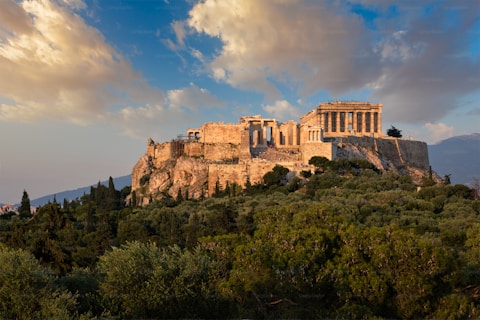Rio – Antirio Bridge
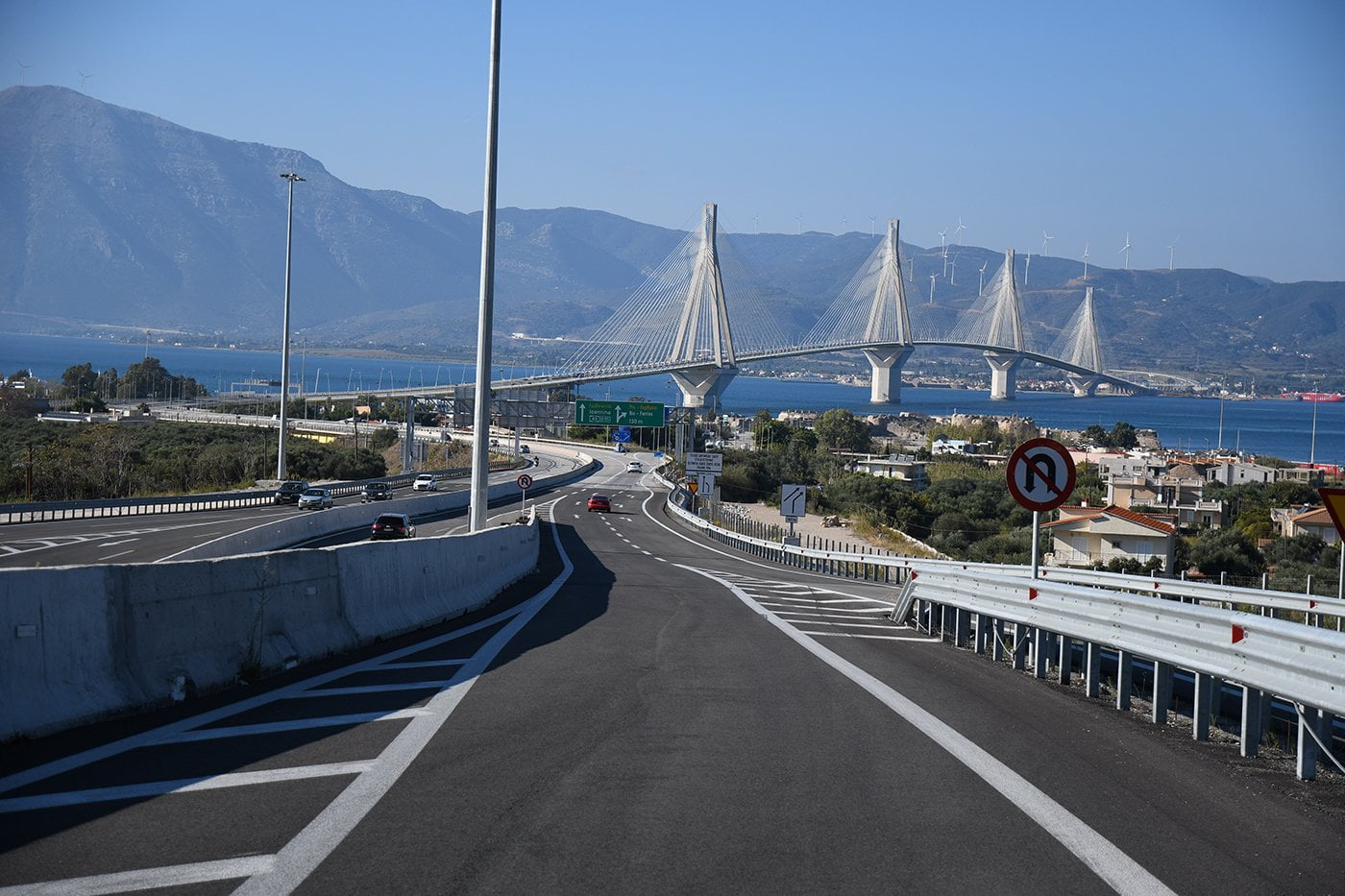
Rio-Antirrio Bridge is located in the western end of the Gulf of Corinth in Greece, linking the Peloponnese to the Greek mainland. It also unites two major roads: the intersection of the Patras-Athens-Thessaloniki motorway and the western axis of the Kalamata-Patras-Igoumenitsa road.
It was completed in May 2004 and opened to traffic in August 2004, just ahead of the Athens Olympics and has resulted in reducing the crossing time of the Gulf of Corinth to around five minutes, down from 45 minutes that it used to be.

Rio – Antirio Bridge Photo Credit: Greece Insiders
It is indicative that the distance between Ioannina and Athens can now be covered in three and a half hours, a time that’s aligned with the European standards for such distances.
The current amount of vehicles that passes through the bridge everyday has been calculated to approximately 10.000.
As for its structure, it features a 2,2km long deck and a 27,2 meter wide deck with two traffic lanes (plus a safety one) along with a pedestrian walkway in both directions.
The site it was built on has had severe real or potential difficulties that factored into its creation and which were addressed. They include deep water, insecure materials for foundations, significant seismic activity in the wider region as well as the possibility of tsunamis and the gradual expansion of the Gulf of Corinth due to tectonic movement.
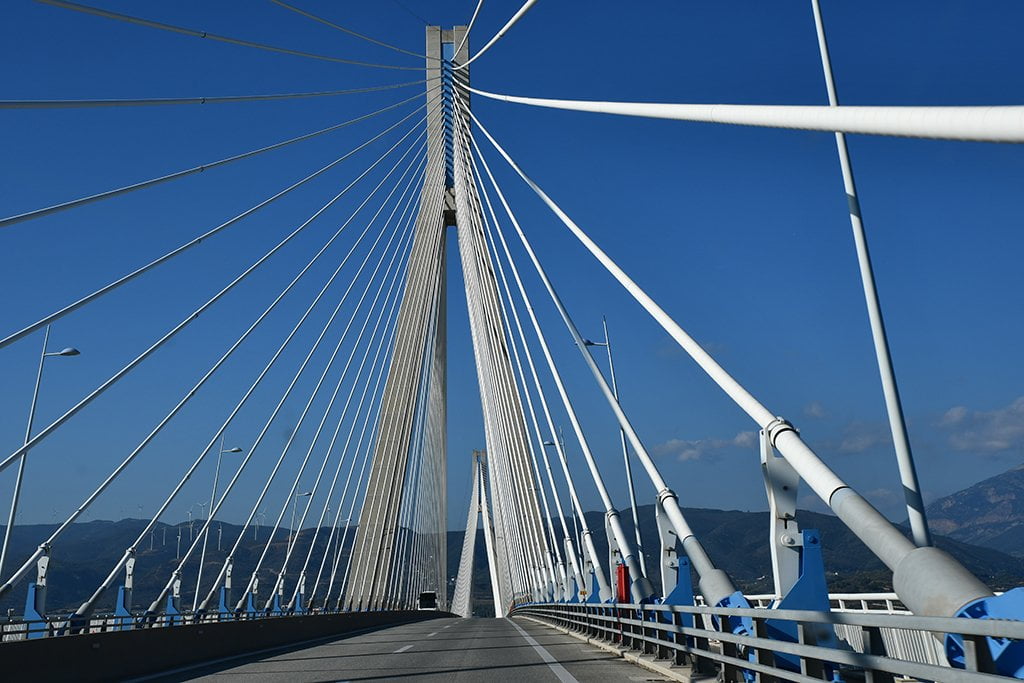
Rio – Antirio Bridge Photo Credit: Greece Insiders
Because of the high seismic activity, the Rio-Antirrio bridge required seabed reinforcement via 200 hollow steel pipes (for each pier) that’s driven into the seabed and topped with gravel.
It is currently one of the world’s longest multi-span cable-stayed bridges which offers for spectacular views right before it gets approached.
It is quite expensive at 13 euros but at least that means that there is not too much traffic and it allows for an enjoyable drive. Furthermore, it helps avoid the ferry that’s usually old and overloaded which can be quite detrimental especially during the summer months.

Supermoon under the bridge Photo Credit: Spiros Vathis
Another creative way to enjoy the beautiful bridge though is through sailing under by a rented ferry or boat. There is no traffic at all, no fee to pay and no time limitation.
In 2006, it received the Outstanding Structure Award from the International Association for Bridge and Structural Engineering. Also, a study made by Observatory of Road Networks in Western Greece and Peloponnese found that the bridge has had a positive impact on certain areas of economic and social life. More specifically, it notes that the bridge had a catalytic effect in the property market of the region, leading to a convincing rise in land prices as well as in the added value it gave to potential investments in an area that’s been largely undeveloped.
Feeling Ready?
From our blog
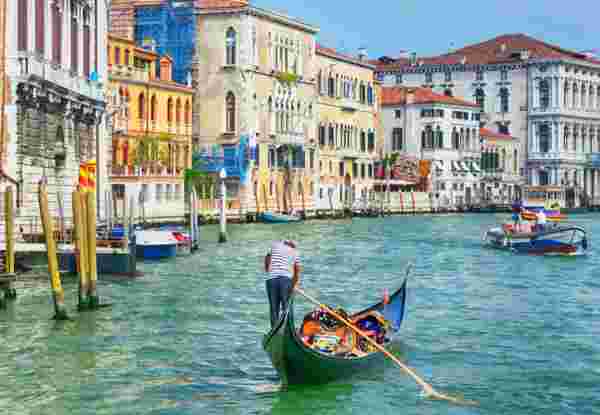
Exploring Venice and Its Canals
READ MORE
Crete for Seniors: A Complete Guide
READ MORE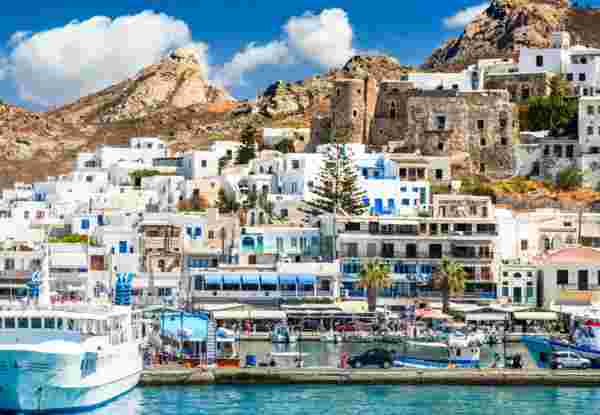
How to Explore Naxos for Seniors
READ MORE
Why Visit Santorini with Kids: A Fun Family Guide
READ MORE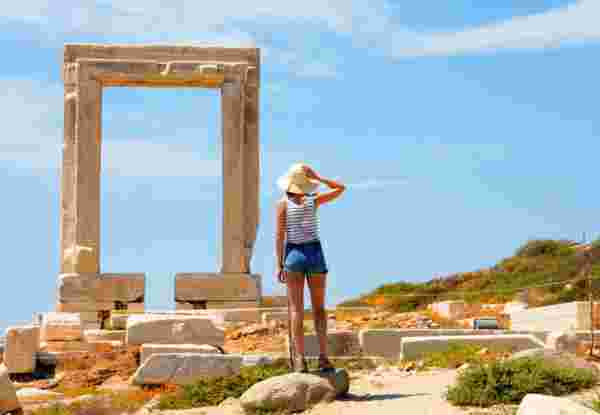
Honeymoon in Naxos: A Complete Guide
READ MORE
Visiting Athens with Kids: A helpful Guide
READ MORE
Paros for Seniors: Tips and Itinerary
READ MORE
Best Resorts in Greece for Families: Your Ultimate 2025 Guide
READ MORE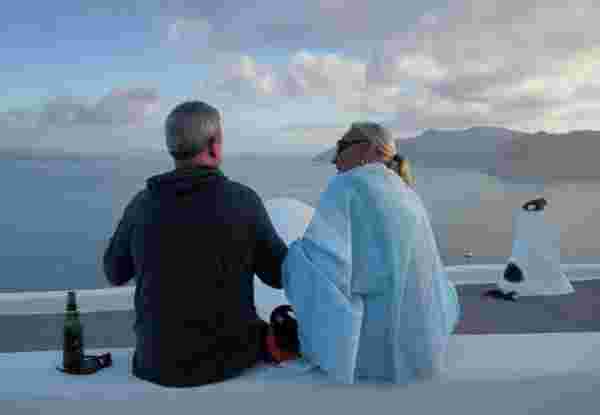
How to Enjoy Santorini for Seniors
READ MORE
